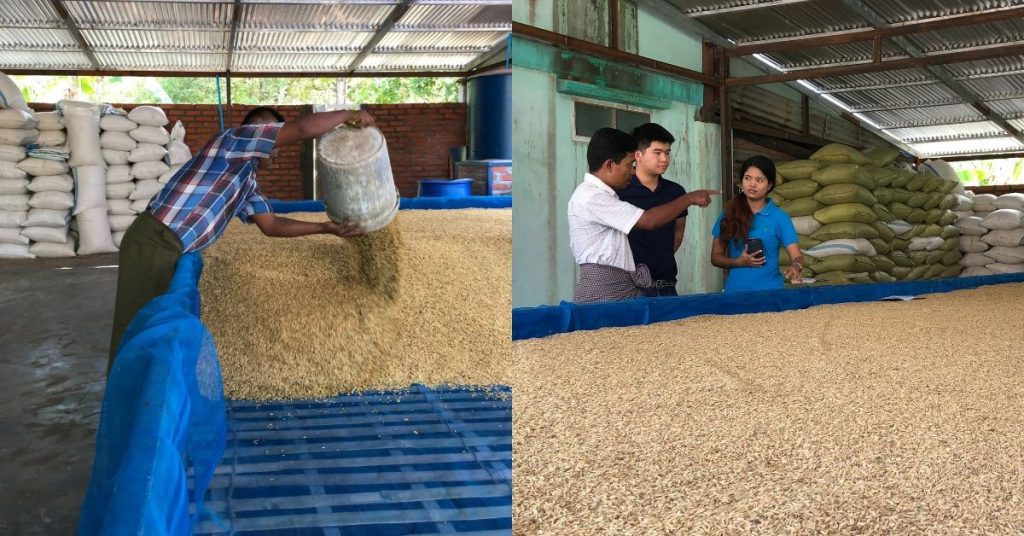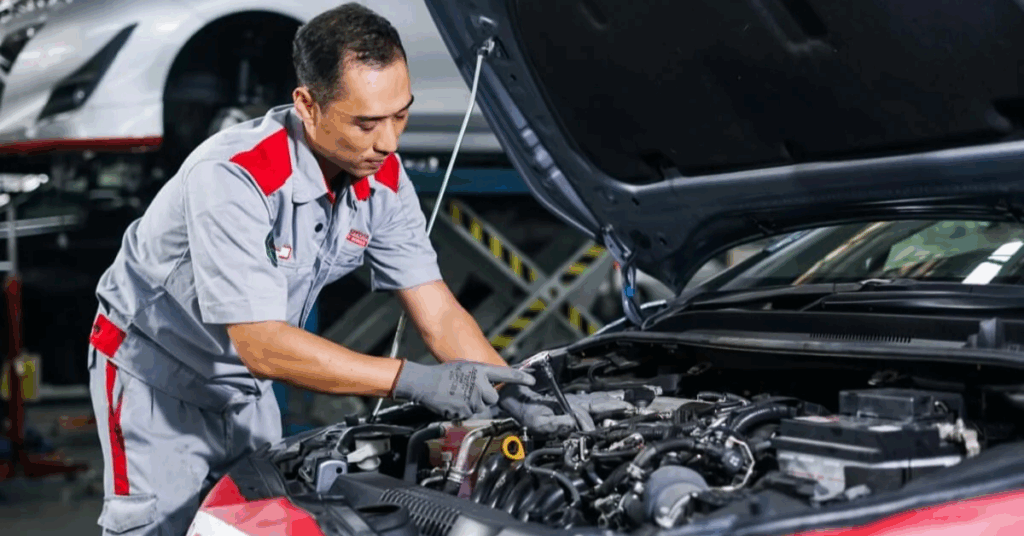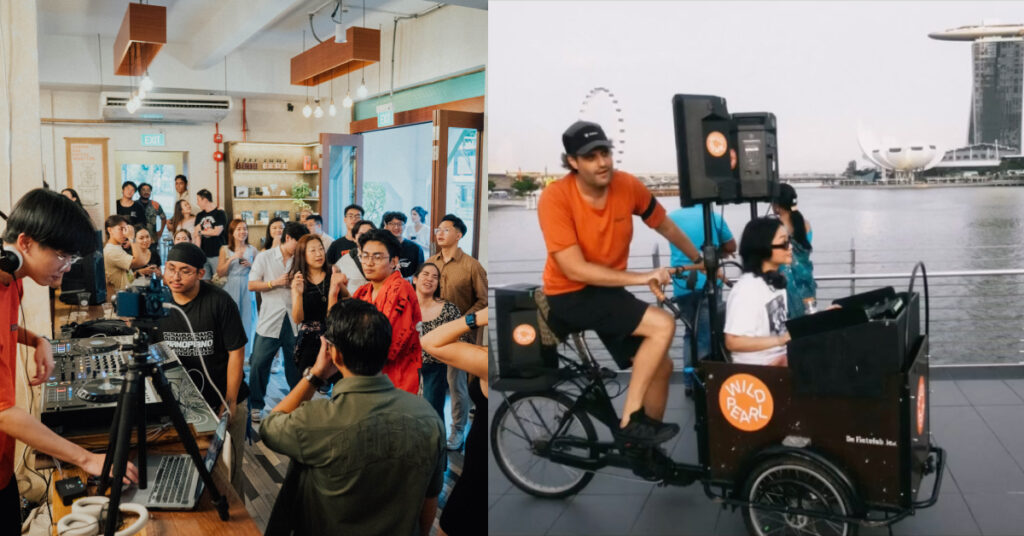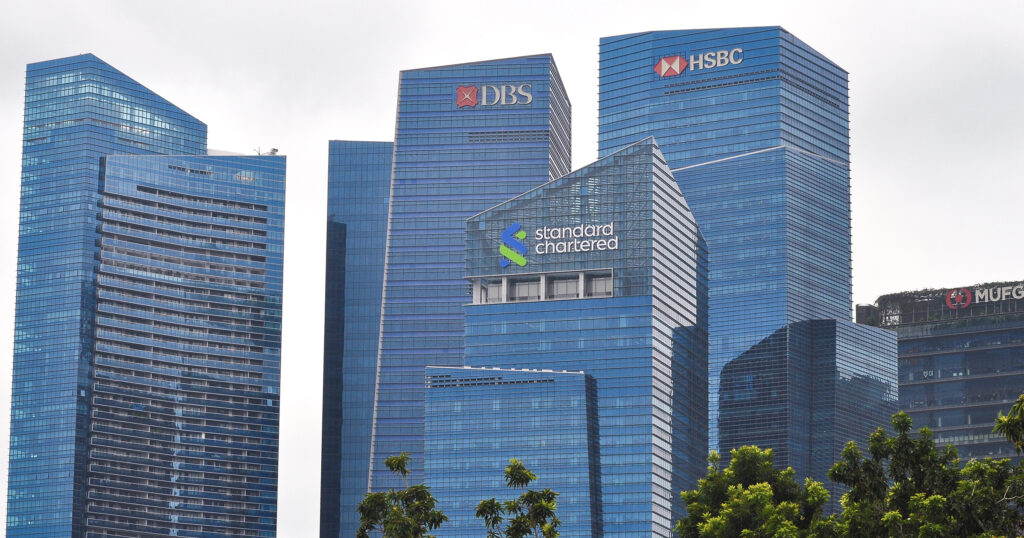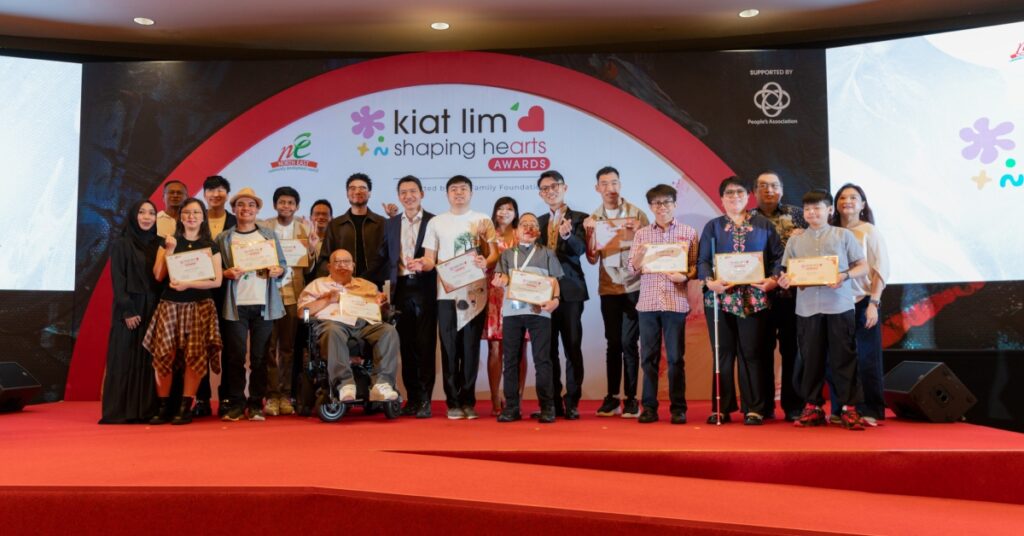It’s hard to imagine Malaysia and Southeast Asia without rice, but what’s harder to imagine is how much waste happens when it comes to farming it, especially from an average consumer’s point of view.
About 3.66 million tonnes of rice husks (the outer layer of the rice) are left in the field every year, and this number is forecasted to increase to 7 million tonnes every year from 2020 onwards because of agricultural advancements that can increase yield.
Rice husks account for 20% to 33% of paddy weight, and are usually left to decompose or are burnt, which creates more wastage. Moreover, the traditional way of drying rice in itself is also wasteful, which we’ll touch upon later.
Lincoln and Kisum not only realised this was a problem, but they wanted to do something about it.
Tilling The Soil
The duo met at University College London, and started this project in their second year. Lincoln is Malaysian whereas Kisum is from Hong Kong.
They came together in a competition called the HULT Prize, which is an international annual competition for aspiring social entrepreneurs that works in partnership with the United Nations.
Their team won in 2018 and was awarded US$1 million (RM4.1 million) to realise their work of reducing rice wastage and ensuring fair trade for farmers in the rice farming industry. They were also the first Malaysian and Southeast Asian group to win that award since it commenced in 2010.
In 2020, they later met Jonathan and Zheyi, both Malaysians, who joined them in their mission. Together they run Rice Inc., a UK company that’s currently doing work in Myanmar and Malaysia, and is looking to expand physically into Malaysia soon.

Now, they had 2 problems to tackle in rice farming: farmers who weren’t being paid fairly, and the crop losses they commonly bore too.
To ensure fair trade for rice farmers, they’ll connect them directly to high-value markets for fairer prices. For instance, they’re currently bringing artisanal rice from Sabah to Kuala Lumpur and Singapore via Paddi, and also sell rice in the UK through a brand of the same name.
As for reducing crop losses, they introduced agritech for drying rice which utilises the by-product of rice harvests, AKA the husks, as biomass energy to run this machine and dry rice evenly.
Problems With The Traditional Way Of Drying Rice
“Rice is usually dried under the sun. This is a manual process, which requires a lot of labour and usually takes much longer. It takes up to 5-6 days, compared to 5-6 hours using a machine,” the team shared with Vulcan Post.
Compared to that machine, this traditional way of drying rice is also much more imprecise, hence resulting in rice being too dry or too wet.
“Rice needs to be processed at a very specific moisture content, around 12%-14% and any deviation from this will result in breakage, and thus wastage.”
Moreover, there is also the risk of contamination from the surroundings, weather changes, and animals invading the drying space. Hence, ensuring a more efficient and less exposed environment in drying rice is important in reducing crop losses.

As mentioned, the rice husks are used as biomass fuel and power these dryers by generating heat which is then funneled via a fan into a chamber where the rice can be dried.
The Rice Inc. team installed a dryer in their beneficiaries’ villages that the farmers can access by bringing their wet paddy to them after harvest and dry it for a fee. Lincoln likens their business model to that of a laundromat’s pay-per-use model.
At the moment, they have 2 sites in Letpadan, Myanmar, with a processing capacity of over 3,000 tonnes per annum and are looking to bring this agritech to Malaysia soon.
Let’s Talk Numbers
On average, installing these “laundromat” rice drying machines costs US$10k per unit. From that US$10k, US$6k is used to buy the machine and US$4k is the cost of setting up.
“By simply providing a dryer, we can increase the farmer’s income by 15% due to the price difference between wet and dry paddy,” they explained. One session can dry up to 5 tonnes of paddy, and will cost a farmer around RM165.
According to the team, 5 tonnes of dried paddy amounts to an increase in the farmers’ average income by RM820, allowing them to earn about RM8,204 over the standard RM7,384 for that amount dried traditionally. By paying RM165, this means they get 5x returns compared to the cost.
Farmers can also expect a 15% increase in their selling price because of the increase in their dry paddy yield.

Now, farmers don’t get paid by the month like the rest of us, instead they get paid during April and November which are the harvest seasons. Hence, they usually take up odd jobs for the rest of the year.
“From our research, we found that most rice farmers are in the B40 group, and have a mean household income of RM2,527 per month as of 2016, according to this research,” they shared.
However, they clarified that they’re working with artisanal rice farmers to begin with (black rice, red rice, etc.), hence the higher retail pricing for this rice is already there which helps to pay them better. Their role is to ensure that most of the final sale price is channelled back to the farmers instead of going to middlemen and miscellaneous costs.
“How we’re doing this is to assist them with marketing and promotion as well as optimising logistics and marketing the price of the rice which will be decided by the community.”
Their farmers can decide how much they want to earn when working with them, and they’ll just advise them on a suitable pricing point for premium rice and how much Malaysians would be willing to pay for it.

Challenges With Running The Business
“When negotiating deals or conducting interviews, we always need to have a translator, which makes every conversation take twice as long because we can’t communicate in Burmese,” they shared with Vulcan Post.
When the coup happened, they also had to halt operations in Myanmar for a while and adapt by continuing their work in Malaysia.
On top of that, when they were getting sufficient traction in the UK already with a volume of 100 to 400 tonnes of orders, many of these retail outlets closed due to COVID-19.
“Similar to how Fairtrade Coffee worked together with big brands like Starbucks, we’re currently still looking for our ‘Starbucks’.”
Hence, what the team is trying to achieve now is to leverage this demand for Paddi with major retailers and food chains to be able to bring more kampungs onto their direct trade platform, and allow more farmers to benefit from connecting directly to high value markets. To accomplish this, they’re looking for interested individuals who want to collaborate and support their farmer networks.
Editor’s Note: Some parts of the article have been edited to reflect greater accuracy.
- You can learn more about Rice Inc. here.
- You can read more agritech-related pieces we’ve written here.
Featured Image Credit: Lincoln and Kisum, co-founders of Rice Inc.


